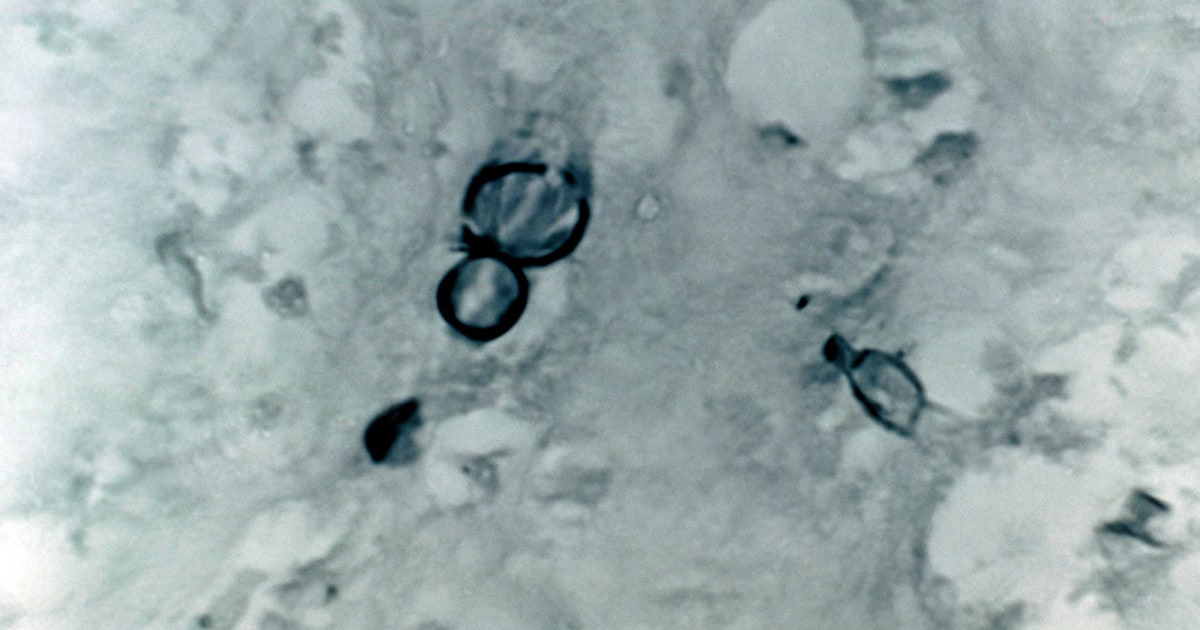The infections typically occur in the upper Midwest and parts of the Southeast. A new study suggests the fungus’ range has expanded to Vermont.
A rare fungal infection thought to mainly occur in the northern Midwest and parts of the Southeast is more common in other parts of the U.S. than expected, new research published Wednesday finds.
The illness, called blastomycosis, can be difficult to diagnose, in part because it can resemble other respiratory infections. And the longer it goes undiagnosed, the more difficult it is to treat.
The infection is caused by a fungus called Blastomyces dermatitidis, which thrives in wet soil and decaying logs and leaves. Blastomycosis is considered an “endemic mycosis” — a type of fungal disease that only occurs in a particular geographic area.
While it’s well known in areas around the Great Lakes, the Ohio River valley and the Mississippi River valley, it’s a bit more surprising for the infection to pop up in Vermont, but that’s exactly what was found in the new study, published in the Centers for Disease Control and Prevention’s Emerging Infectious Diseases journal.



Seems to be a theme.